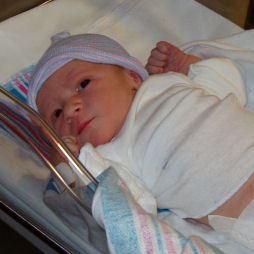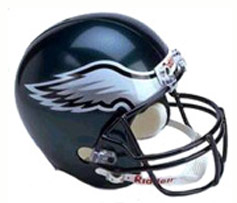 by Saratoga » Sun Mar 27, 2005 5:55 pm
by Saratoga » Sun Mar 27, 2005 5:55 pm
And cheap this would not be. You can pick up a PPL in the US in a 172 or Warrior for under 5K easy these days. This guy wants $8300. Now I know a Socata costs more to run, but definetly not that much more.
As for the low/high wing debate. High wing tends to be more self-stabilizing (the weight is below and directly center the wings, which naturally sinks to the bottom, making the airplane wings level). Low wing tends to track better. My advice is go for the Capitol Air school. Could get good training there for more than likely less money.
Pilot for a major US airline certified in the: EMB-120, CRJ, 727, 737, 757, 767, and A-320 and military, T-38, C-130, C-141, and C-5 along with misc. other small airplanes. Any questions, I'm here for you.
 What do you all think?
What do you all think?

















